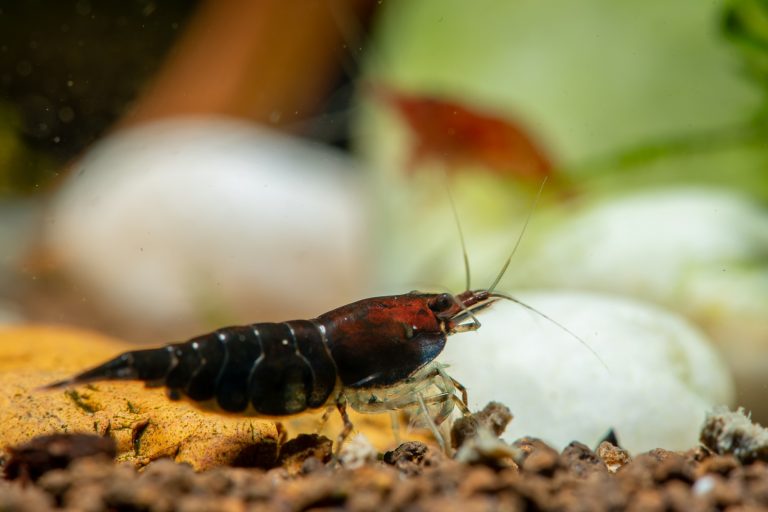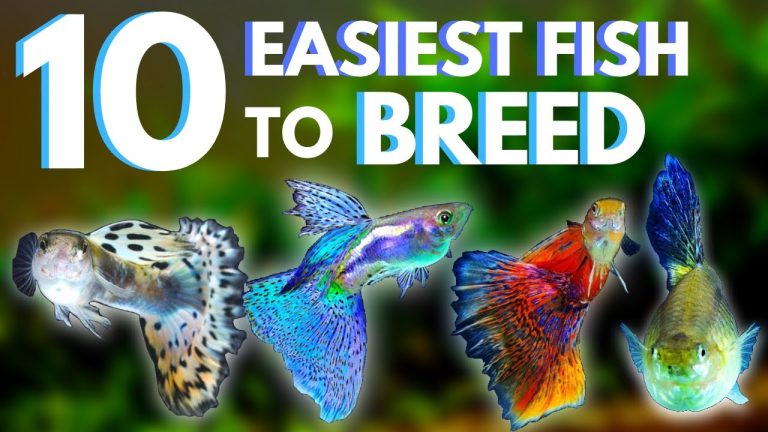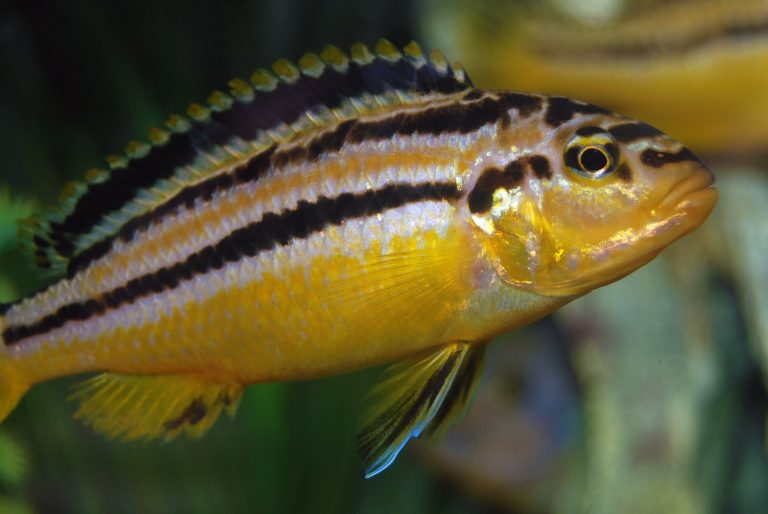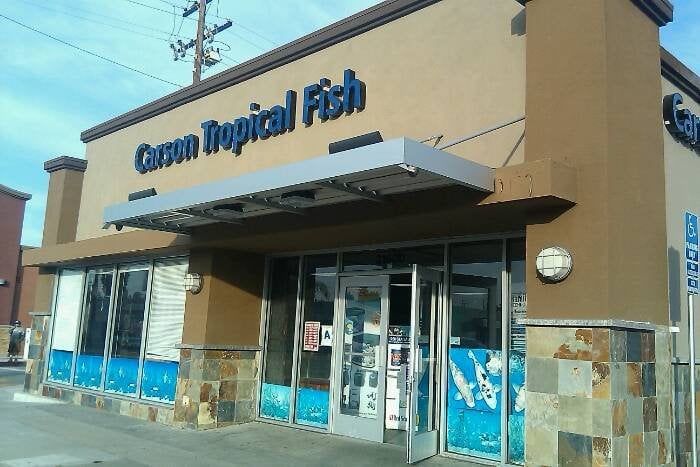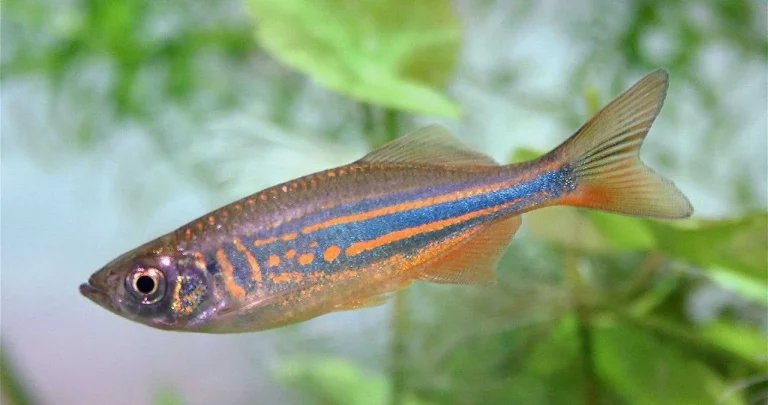Snowflake Clownfish
The Snowflake Clownfish: A Colorful Marvel of the Sea
What is a Snowflake Clownfish?
The Snowflake Clownfish is a unique and mesmerizing variant of the Amphiprion ocellaris species, commonly known as the clownfish. Known for their vibrant colors and intriguing patterns, the Snowflake Clownfish stands out with its distinctive snowflake-like markings. These beautiful fish are native to the warm, tropical waters of the Indo-Pacific region and are a popular choice for marine enthusiasts.
Origins and Breeding of Snowflake Clownfish
The Snowflake Clownfish is a result of selective breeding efforts. It was first discovered in the early 2000s when captive-bred clownfish enthusiasts noticed a unique variation in the coloration and patterns of their offspring. As a result, they selectively bred clownfish with similar traits to produce the Snowflake Clownfish we see today.
Selective breeding involves choosing specific traits and characteristics and breeding individuals with those desired traits to pass them on to subsequent generations. Through careful selection and controlled breeding, the Snowflake Clownfish has become a beloved addition to many saltwater aquariums around the world.

Distinctive Features of Snowflake Clownfish
The Snowflake Clownfish showcases a stunning array of colors and patterns that distinguish it from other clownfish species. Here are some key features that make this fish truly captivating:
1. Snowflake-Like Patterns: True to its name, the Snowflake Clownfish has intricate white snowflake-like markings on its body that stand out against a rich orange or reddish base color. These unique patterns can vary from fish to fish, making each individual a one-of-a-kind marvel.
2. Vibrant Body Coloration: Alongside the snowflake patterns, the Snowflake Clownfish exhibits a vibrant orange or reddish body color that adds to its visual appeal. This contrasting color combination makes it an eye-catching addition to any aquarium.
3. Size and Shape: Snowflake Clownfish typically reach a size of 2 to 3 inches, making them suitable for a variety of aquarium sizes. They have a rounded body shape and are known for their humorous swimming patterns and playful behavior.
Caring for Snowflake Clownfish in the Aquarium
If you’re considering adding a Snowflake Clownfish to your aquarium, it’s essential to create a suitable environment to ensure their well-being. Here are some key care tips:
1. Tank Size and Setup: Snowflake Clownfish can thrive in a tank size of at least 20 gallons, although larger tanks are always better for their comfort and overall health. Make sure to provide plenty of hiding places, such as live rocks or coral structures, as these fish prefer areas to retreat to when feeling threatened.
2. Water Conditions: Maintain a stable water temperature between 74°F to 78°F (23°C to 26°C) and a pH level of 8.1 to 8.4. A good filtration system is crucial to maintain proper water quality, and regular water changes are necessary to keep nitrate levels in check.
3. Feeding: Snowflake Clownfish are omnivores, meaning they eat both meaty and plant-based foods. Offer them a varied diet consisting of high-quality commercial pellet or flake food, supplemented with frozen or live brine shrimp, mysis shrimp, and algae-based food. Feeding twice a day in small portions is ideal to avoid overfeeding.
4. Compatibility: Snowflake Clownfish are generally peaceful and can be kept in pairs or small groups. However, it’s crucial to select tankmates carefully to avoid aggressive or territorial species that may harm or stress the clownfish. Good companions for Snowflake Clownfish can include other peaceful fish like gobies, damselfish, or wrasses.
Breeding Snowflake Clownfish
Breeding Snowflake Clownfish can be a rewarding experience for marine enthusiasts. Here are some key points to keep in mind:
– Select a breeding pair: Choose a male and female Snowflake Clownfish that have reached sexual maturity and are exhibiting courtship behaviors. Introduce them to a separate breeding tank equipped with suitable conditions for egg-laying.
– Provide a suitable nest site: Snowflake Clownfish are known to lay their eggs on flat surfaces or in anemones. You can simulate a nest site by using a ceramic tile or PVC pipe with a rough surface.
– Monitoring and caring for fry: Once the eggs are laid, the male Snowflake Clownfish will diligently guard and care for them. The eggs will hatch in about 7-10 days, and you should be prepared to provide appropriate food, such as rotifers or newly hatched brine shrimp, for the newborn fry.
Frequently Asked Questions
1. Can Snowflake Clownfish be kept with other anemones?
Yes, Snowflake Clownfish can form symbiotic relationships with various species of anemones. They often seek refuge and protection within the tentacles of anemones, offering mutual benefits for both parties.
2. Can Snowflake Clownfish change gender?
Yes, Snowflake Clownfish have the ability to change their gender. In a group, the largest and most dominant individual is usually a female. If the female dies or is removed, the dominant male will change sex and take on the role of the female.
3. How long do Snowflake Clownfish live?
With proper care, Snowflake Clownfish can live up to 6 to 10 years in captivity. However, their lifespan can be influenced by various factors such as water quality, diet, and overall health.
4. Are Snowflake Clownfish hard to care for?
Snowflake Clownfish are generally considered beginner-friendly and are relatively easy to care for. As with any marine fish, proper tank setup, water conditions, and nutrition are essential for their well-being.
Final Thoughts
The Snowflake Clownfish is truly a mesmerizing addition to any saltwater aquarium. With its unique snowflake-like patterns, vibrant coloration, and playful personality, this species never fails to captivate marine enthusiasts. By understanding their specific care requirements and providing a suitable environment, you can enjoy the beauty and charm of the Snowflake Clownfish for many years to come. So, why not bring a little piece of the ocean’s marvel into your own home?

